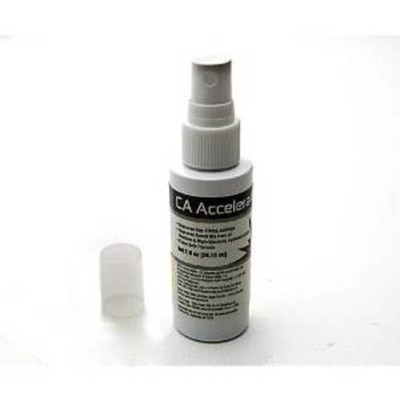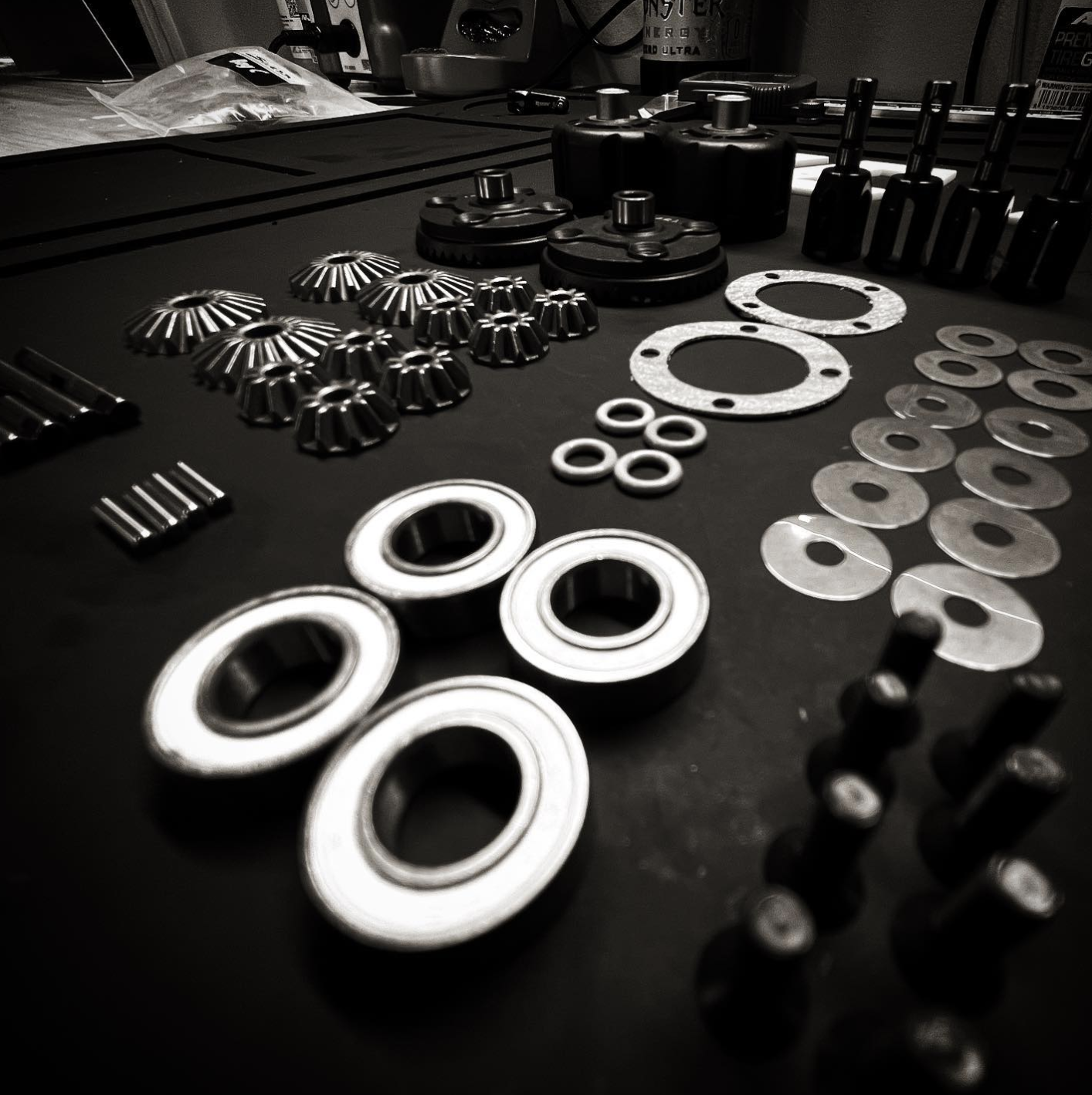Features
- Expands gap filling capacity
- Best accelerator for ZAP and all other super glues
- Forces immediate cure of Cyanoacrylate (CA) glue
- Solves most tough to bond material combinations
Overview
Key Features
- Forces immediate cure of Cyanoacrylate (CA) glue
- Best accelerator for ZAP and all other super glues
- Expands gap filling capacity
- Solves most tough to bond material combinations
Overview
Uses:
ZIP KICKER is the best way to accelerate the cure time of all brands of super glues. When sprayed directly on a glued joint it forces the immediate cure of the CA glue. Thick or slow style glues form an instant hard outer shell when sprayed with ZIP KICKER, the catalytic action begins curing the remaining liquid CA at an accelerated rate from the outside in, creating a strong bond. This action allows the creation of small to very large fillets and the ability to fill large gaps or cracks. Wood turners love this ability and often are able to progressively fill in large cracks and save the piece they are working on. ZIP KICKER will not harm most materials making perfect to use not only on wood but various plastics, metals, paints, and fabrics.
Helpful Hints:
A little goes a long way! Because ZIP KICKER cures CA glue by a chemical reaction, you can precisely control how fast the glue sets up. Use a small amount to start the reaction at one spot and it will continue until the glue is set. The more ZIP KICKER you apply to the glue, the faster it will cure. Once the entire surface of the glue has been sprayed with kicker and the reaction has started, adding more kicker will not speed up the cure rate. In hard to reach areas or when trying to join parts that are not porous you can pre-treat one of the parts to be joined with ZIP KICKER, apply ZAP GLUE to the other and join the two together. When working with balsa wood spraying ZIP KICKER on the back side of thin sheeting can set the CA underneath. Even a part treated with ZIP KICKER and allowed to dry will speed the cure time of any CA that comes in contact with it. DO NOT SPRAY ZIP KICKER AROUND YOUR BOTTLES OF CA, A SMALL AMOUNT OF KICKER ON THE OPENING OF YOUR CA BOTTLE CAN AND WILL SET OFF AND HARDEN THE ENTIRE BOTTLE. Although ZIP KICKER will work on most materials and paints, always test on samples for compatibility. For critical applications test sample joints for the designed strength requirements.
Specifications
- Adhesive Type - Accelerator
- Application Type - Aerosol Can
- Bottle Size - 2 Ounce
- Viscosity - Medium
- This Item CAN NOT ship Air or international.







